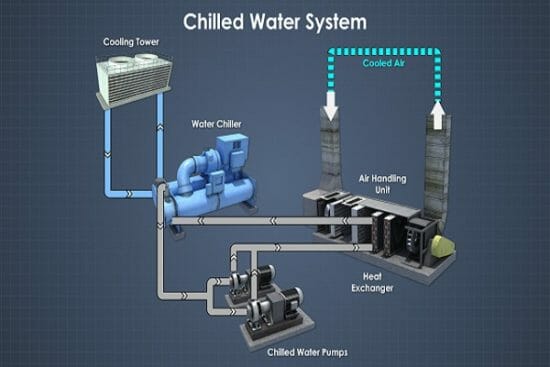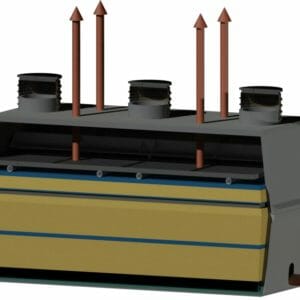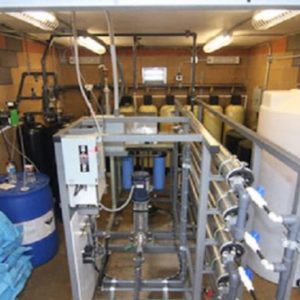E – 1825 HVAC Chilled Water Systems
$125.00
Courses Included
In large commercial and industrial systems, chilled water system serves as means to transfer heat from building spaces to the refrigeration system. Initially, when energy costs were low, constant volume and primary-secondary systems provided a stable and simple operation of the chillers and distribution systems. However, as energy costs increased, particularly in the late 1970s, the efficiency of the chillers and the costs associated with operating the distribution system became more important. As a result, the need for new schemes to improve chiller performance and reduce energy costs drove the HVAC industry to advance chilled water technology, particularly in the manner that chilled water is delivered.
To understand the hydraulic considerations associated with delivering chilled water and how they influence system performance, it is important to understand how technology and design challenges over the years have influenced today’s approach to chilled water pumping.
This 5 – hour course discusses the history of chilled water distribution systems and the development of “variable primary flow system”. Problems such as low delta-T syndrome associated with the chilled water pumping schemes are defined and discussed and finally, this course compares the advantages and disadvantages of primary-secondary and direct-primary pumping schemes.






